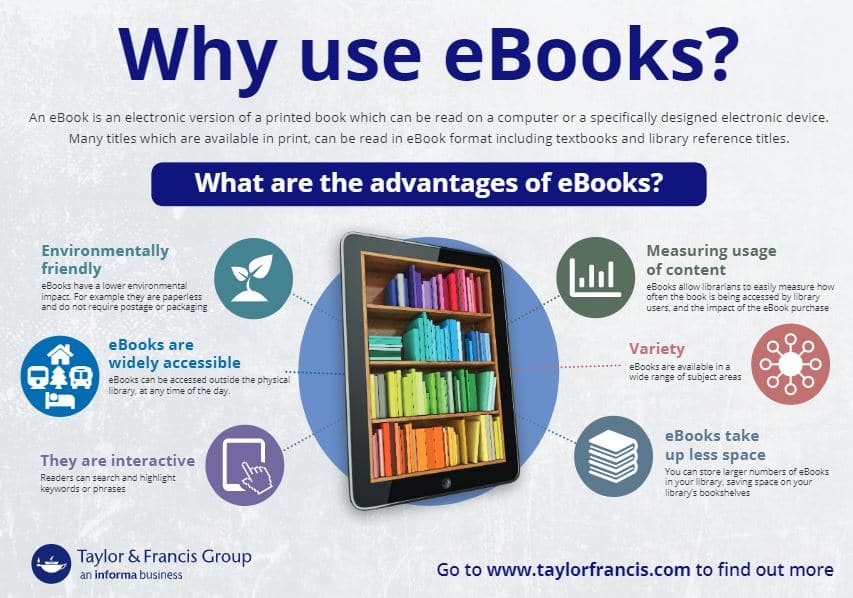As an avid reader myself, I love the accessibility of being able to download a title anywhere, at any time. I love the accessibility of texts that I might not find on a local physical library shelf, and the options of either reading, or listening, whichever takes my fancy – but I pay accordingly. Typically, an Audible subscription is approximately $17 per month, which will only purchase one new title, 2-3 older titles at best. If I buy an E-book, I can look at between $10-$20 per title. This seems pricey, compared to the associated costs print books attract that e-books don’t. The balance needed to provide fairly and equitably between libraries, publishers and creators has not yet been achieved (ALIA, 2013, pg. 4)
In our modern world, it is astonishing that an affordable e-book option isn’t more readily available – particularly for school libraries. In a world fast hurtling towards digitisation, curating collections of e-books is a worthwhile question for teacher librarians to consider. Would the provision of e-books encourage more readers? The research is certainly clear – reading for pleasure increases literacy development (Krashen, 2004). If our aim is to encourage students to read, and read regularly, then a broad collection is essential. The research, however is surprising. Research published by (Merga, 2014) states that teens don’t particularly find reading e-books more appealing than reading print books. If this is the case, are we campaigning and spending money unnecessarily?
I tender that we are not. Reading should be accessible to all. Dr. S. R. Ranganathan described the library as a public institution or establishment charged with the care and collection of books and the duty of making them accessible to those who require the use of them. The key terms here are care, collection and accessible. E-books are another avenue of making text, including information literacy, accessible. Will they be for everyone? No. Will they encourage more students to read? Possibly not, but perhaps. Are they a worthwhile venture? Yes.
Accessibility is key. A student home sick for the week and unable to get physical books? E-books. A student who is a voracious reader and can’t find the titles they want in their local school or community library? E-books. The infographic below offers some additional benefits to E-books:

Image source: Taylor & Francis, 2023
The are issue that need to be rectified, such as digital rights management, fair dealing, ownership and access to lending (ALIA, 2013) just to name a few. These issues are worth the time if it puts more books in more readers hands – whether paper or technology.
Australian Library and Information Association (2013)Ebooks and elending issues paper. https://read.alia.org.au/alia-ebooks-and-elending-issues-paper
Krashen, S. (2004). Free Voluntary reading: New Research, Applications, and Controversies Evidence for the Power of Reading. Krashen and Kartchner. http://www.sdkrashen.com/content/articles/singapore.pdf
Merga, M. (2014) Are Teenagers Really Keen Digital Readers? Adolescent Engagement in Ebook Reading and the Relevance of Paper Books Today in English in Australia 49(1), 27-37.
Taylor, F. (2023). Benefits of eBooks for the Library. Librarian Resources. https://librarianresources.taylorandfrancis.com/insights/library-advocacy/benefits-ebooks-library/
